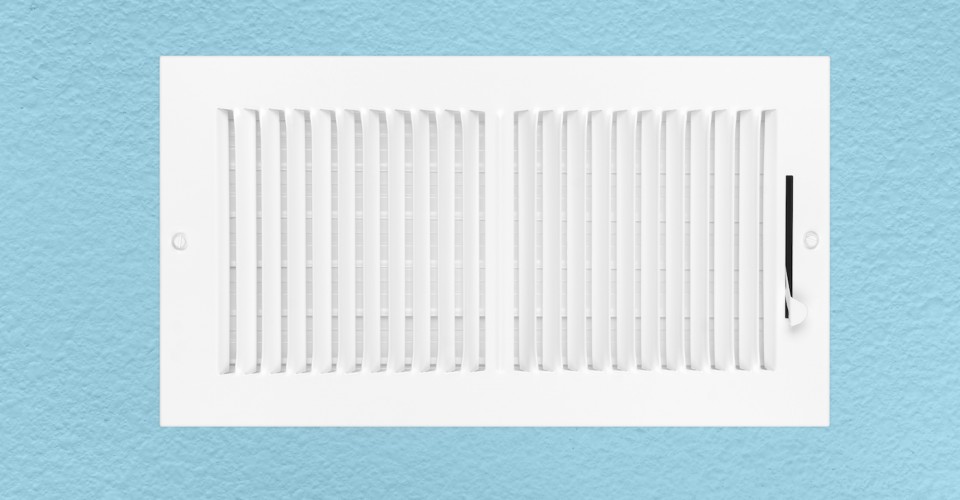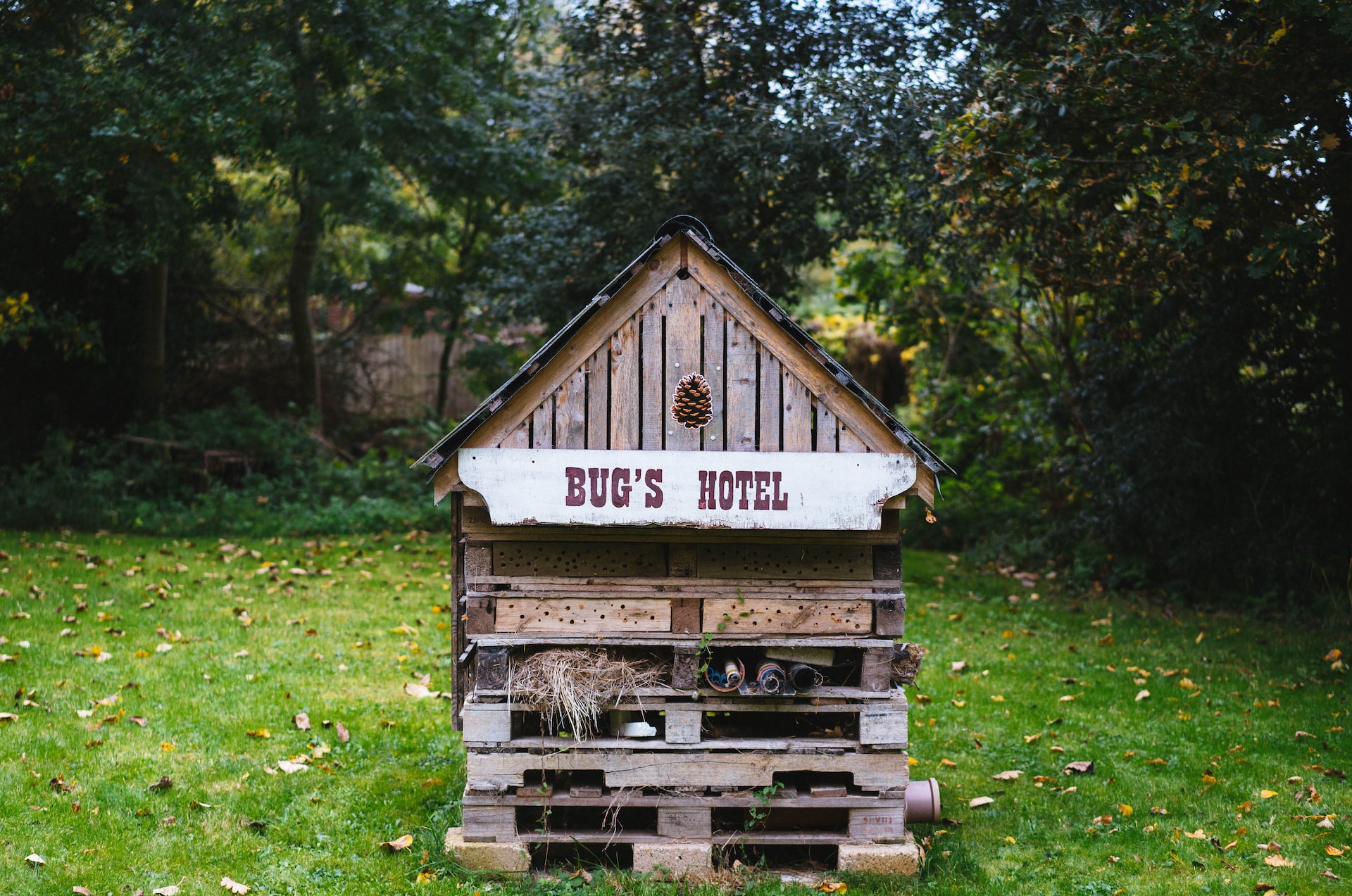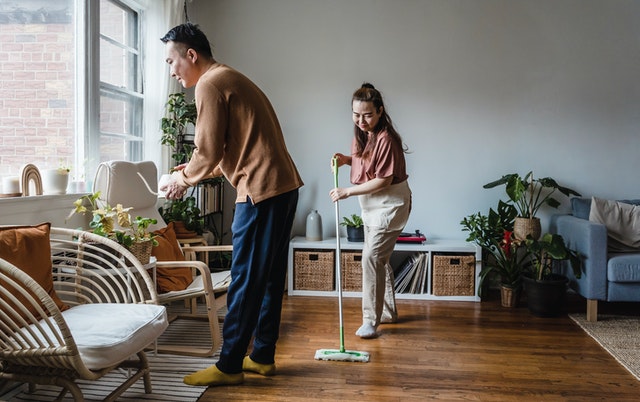Having a properly sealed home is one of the first steps towards an efficient home. Unfortunately, sealing off the home is also a great way to trap allergens inside the home and creating poor indoor air quality. According to the Environmental Protection Agency, American’s spend nearly 90% of their time indoors. The EPA reports that “studies of human exposure to air pollutants by EPA indicate that indoor levels of pollutants may be 2 to 5 times – and occasionally more than 100 times – higher than outdoor pollutant levels. Indoor air pollutants have been ranked among the top five environmental risks to public health.”
During the colder months of winter when we tend to spend more time indoors, it’s quite common to see an increase of respiratory and allergy issues, some of which may stem from the air quality within our home. Let’s take a look at how you can improve the quality of air within your home and enjoy a healthier winter.
1. Open windows
Although it’s cold outside, it’s still a good idea to let in fresh air. In fact, you may only need about five minutes of open window and door time to allow fresh air to circulate throughout the home. Some homeowners find that opening the bedroom window just a crack at night can help create a more comfortable indoor air quality and allow them to sleep better. Opening the window may also allow for greater humidity to enter the home.
2. Use a humidifier
When the temperatures drop we turn up the heat. Increased heat in the home removes humidity from the air, making our skin shrivel and itch, and creating issues with our noses and throats. It’s a good idea to invest in a humidifier if you and your family are experiencing discomfort indoors. Additionally, according to CNCA Health, “Keeping the humidity level in your home between 30-60 percent will help keep dust mites, mold, and mildew under control.”
There are many models on the market and usually vary by water tank capacity, how well it disperses the humidity, if it provides a hot or cold mist, and other features like noise levels and auto-shut off capabilities. Not sure where to begin? Try a site like Humidifier Review, which rates and compares various models.
3. Reduce use of chemicals
You may not realize how many chemicals you have in your home. From cleaning products and air fresheners to carpeting and tobacco smoke, chemicals can aggravate our bodies and negatively affect our indoor air quality. It may not be easy to remove all chemicals from the home, however, one simple way to make a big change in your indoor air quality is to use non-toxic cleaning products.
Cleaning sprays and scrubs that are free of harmful chemicals are easy to find in many stores and are also easy to make (download some free recipes here). Many of these non-toxic recipes are actually less expensive than the toxic versions and can be quickly made with ingredients you probably already have on hand. It’s a small but powerful step towards chemical usage within the home.
4. Clean out the air ducts
Air ducts and vents are an easy place for dust to collect. When air blows through the vents, dust can get kicked up into the air, causing sneezing and other reactions. It’s easy to pop off the vent covers and vacuum the dust just inside the vent. Every few years, have your HVAC professional do a more thorough job and clean all the interior ductwork.
5. Change your furnace filters
Depending on your furnace and thickness of filter, you should be changing this about once every three months. Change more frequently if you have severe allergies in the family or have pets. A filter not only protects the furnace machinery, it can also improve the indoor air quality. Ask your furnace maintenance person to sell you a whole year’s worth of filters so you always have them on hand.
6. Choose building materials wisely
If you are planning any remodeling upgrades to the interior of your home, think carefully about your material choices. Even something as simple as painting a room can seriously affect the indoor air quality. Choose products low in volatile organic compounds (VOC) and consider anything that off-gases after installation.
7. Watch for mold and mildew
If you notice standing water in or around your home, it’s important to figure out why. You could have a leak somewhere in the plumbing that can contribute to mold or mildew. Sometimes you may not even notice moisture but you may notice walls changing color. Read more about the danger of mold, here.
8. Clean your home, especially the bedroom
It goes without saying that cleaning your home is a great way to keep dust, dirt and other contaminants from polluting the air. Changing your sheets, washing your pillows, vacuuming under the beds, and dusting off the nightstand are great ways to keep your bedroom air quality under control. Using doormats (both outside and inside the entrance) and removing shoes indoors are simple ways to keep dirt out of the home. If you aren’t able to reach certain areas to clean or have trouble cleaning, it may be time to look into hiring a regular cleaning service.
9. Use air quality monitors
In addition to having a smoke and fire alarm installed in your home, invest in a carbon monoxide alarm as well. All of these measuring devices can help detect the things that you can’t, this is especially important when you and your family are sleeping. Carbon monoxide is a very dangerous and quick killer, especially in the winter time. Homes that have gas-powered furnaces or backup generators should pay special attention to this. Radon is another pollutant that cannot be detected unless tested by a professional.




